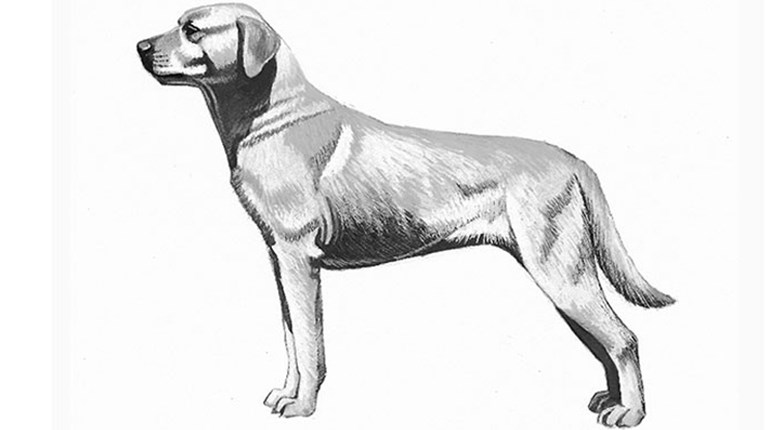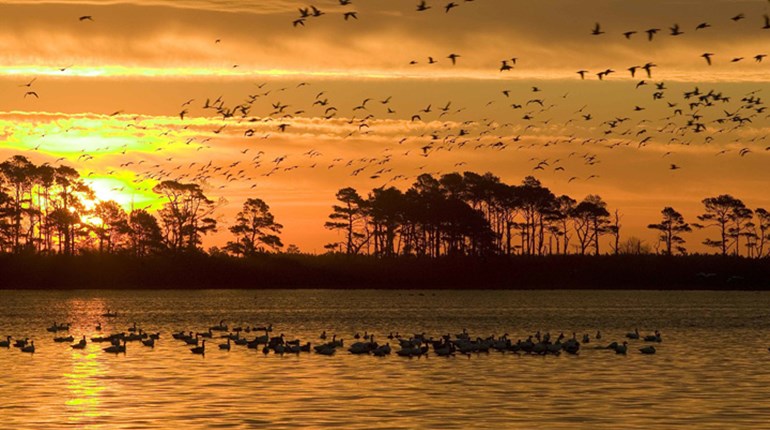
The days when every 12-year-old country boy in America ran a trapline have vanished, but could trapping be on the verge of a comeback? Driven by rising demand in China, Korea, and Russia, fur prices are at a 30-year high.
“Trappers are seeing an increase in their paychecks,” Toby Walrath, president of the Montana Trappers Association, told the Missoulian. “The market is strong and improving. It’s a good time to be a trapper right now.”
In Montana alone, according to Walrath, this resulted in a $2.7 million economic impact. Who knew there was still such money to be made in furs?
Though I do not trap myself, I wonder what impact a widespread increase in such activities could have on waterfowl populations. Delta Waterfowl has long-argued that trapping should be a key duck-production strategy, particularly in areas where habitat has failed. (This is a key area of disagreement with Ducks Unlimited.)
Given that fur-bearing animals such as red foxes and raccoons have increased in abundance and distribution, Delta argues that "predator management is the most cost-effective waterfowl management tool available to increase annual duck production." With fur prices on the rise, could it also be the ticket to making a little cash?





































